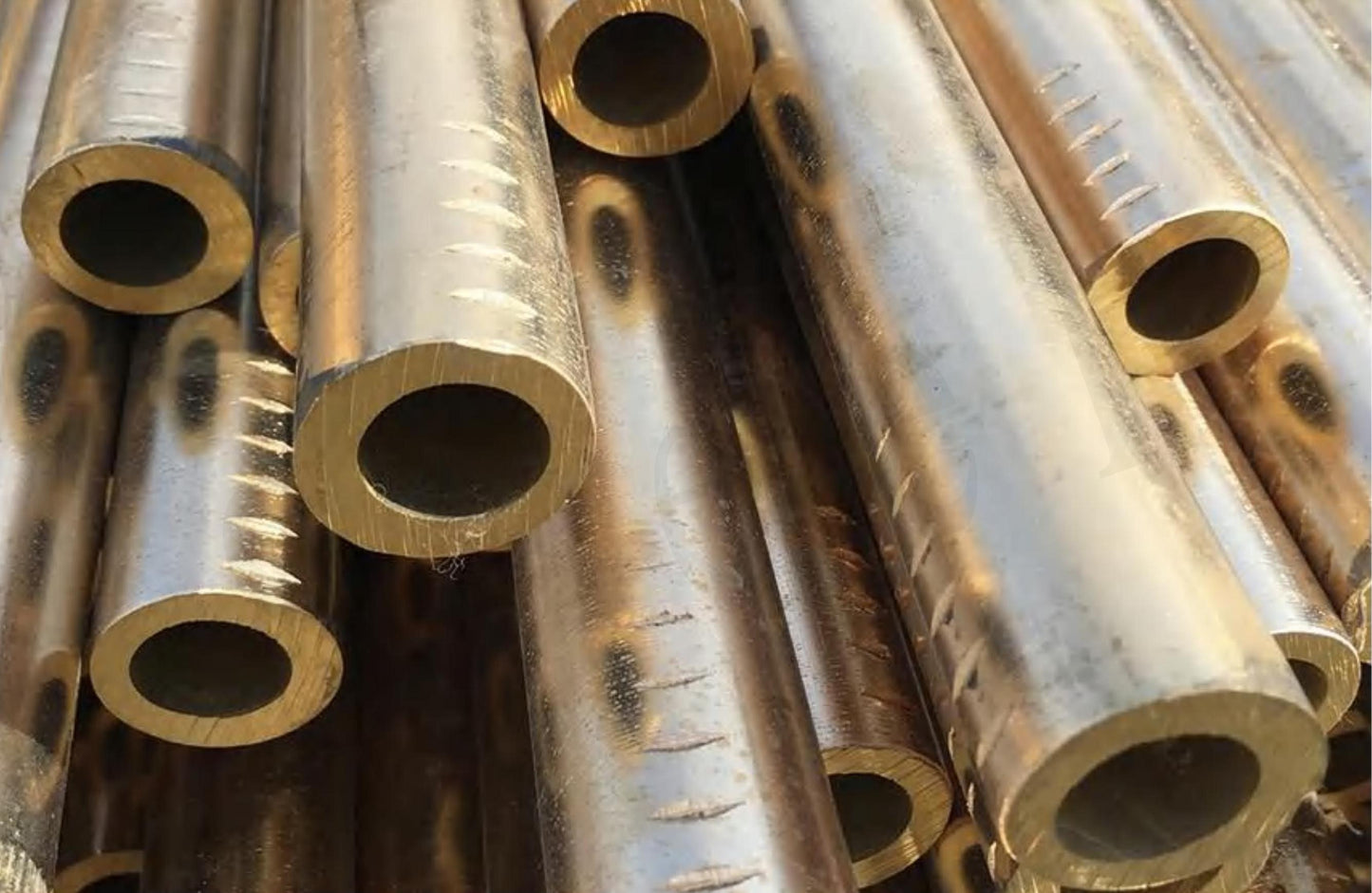







Schemc
Copper pipe (also known as red copper pipe), often used in water pipes, heating and cooling pipes, can be used in different environments. Copper pipe set the advantages of metal and non-metal pipe in a body, in the hot and cold water system exclusive torture, is the best connection pipe. Copper pipes are refractory and heat-resistant, and can maintain their shape and strength at high temperature without aging.
The pressure resistance of copper pipe is several times or even dozens of times that of plastic pipe and aluminum plastic pipe, and it can withstand the highest water pressure in today's buildings. In the hot water environment, with the extension of service life, the bearing capacity of plastic pipe significantly decreases, while the mechanical properties of copper pipe remain unchanged in all temperature ranges, so its pressure resistance will not be reduced, nor will aging occur.
The linear expansion coefficient of copper pipe is very small, is 1/10 of plastic pipe, will not cause stress fatigue rupture because of excessive thermal expansion and cold contraction.
The strength of copper pipe is greater, and the outside diameter is smaller to ensure the effective inside diameter, which is more suitable for hidden burial.
Soft (or ductile) copper tubing can be bent easily to travel around obstacles in the path of the tubing. While the work hardening of the drawing process used to size the tubing makes the copper hard or rigid, it is carefully annealed to make it soft again; it is, therefore, more expensive to produce than non-annealed, rigid copper tubing. It can be joined by any of the three methods used for rigid copper, and it is the only type of copper tubing suitable for flare connections. Soft copper is the most popular choice for refrigerant lines in split-system air conditioners and heat pumps.
Rigid copper is a popular choice for water lines. Rigid or "Hard" copper tubing is generally referred to as "pipe". Copper "piping" is referred to by nominal pipe size, or the inner diameter. It is joined using a solder/sweat, roll grooved, compression, or crimped/pressed connection. Rigid copper, rigid due to the work hardening of the drawing process, cannot be bent and must use elbow fittings to go around corners or around obstacles. If heated and allowed to cool in a process called annealing, rigid copper will become soft and can be bent/formed without cracking.

Light weight, good thermal conductivity, low temperature strength. Often used in the manufacture of heat transfer equipment (such as condenser, etc.). It is also used to assemble cryogenic pipelines in oxygen production equipment. Small diameter copper pipe is often used to transport pressure liquids (such as lubrication systems, oil pressure systems, etc.) and used as gauges, etc.
It is strong, with the high strength of general metal; At the same time, it is easier to bend, twist, crack and break than the general metal, and has a certain anti-frost heave and anti-impact ability, so the copper water pipe in the water supply system in the building once installed, safe and reliable to use, even without maintenance and maintenance.
Copper condensing pipe, crystallizer copper pipe, air conditioning copper pipe, all kinds of extruded, drawn (reverse extruded) copper pipe, iron white copper pipe, brass pipe, bronze pipe, copper pipe, beryllium copper pipe, tungsten copper pipe, phosphor bronze pipe, aluminum bronze pipe, tin bronze pipe, imported copper pipe. Thin-wall copper pipe, capillary copper pipe, metal copper pipe, special-shaped copper pipe, small copper pipe, pen copper pipe, pen copper pipe, etc.; According to user needs, according to the drawings processing and production of square, rectangular mold copper pipe, and D type copper pipe, eccentric copper pipe.





